Interview with the founder of Singular Spain
A journey to uniqueness' is one of the mottos of Singular Spain, an unconventional tourism agency. The founder of this adventure, María Pérez de Arenaza, explains to us what these introspective escapades to the most human side that reveal their journeys consist of.
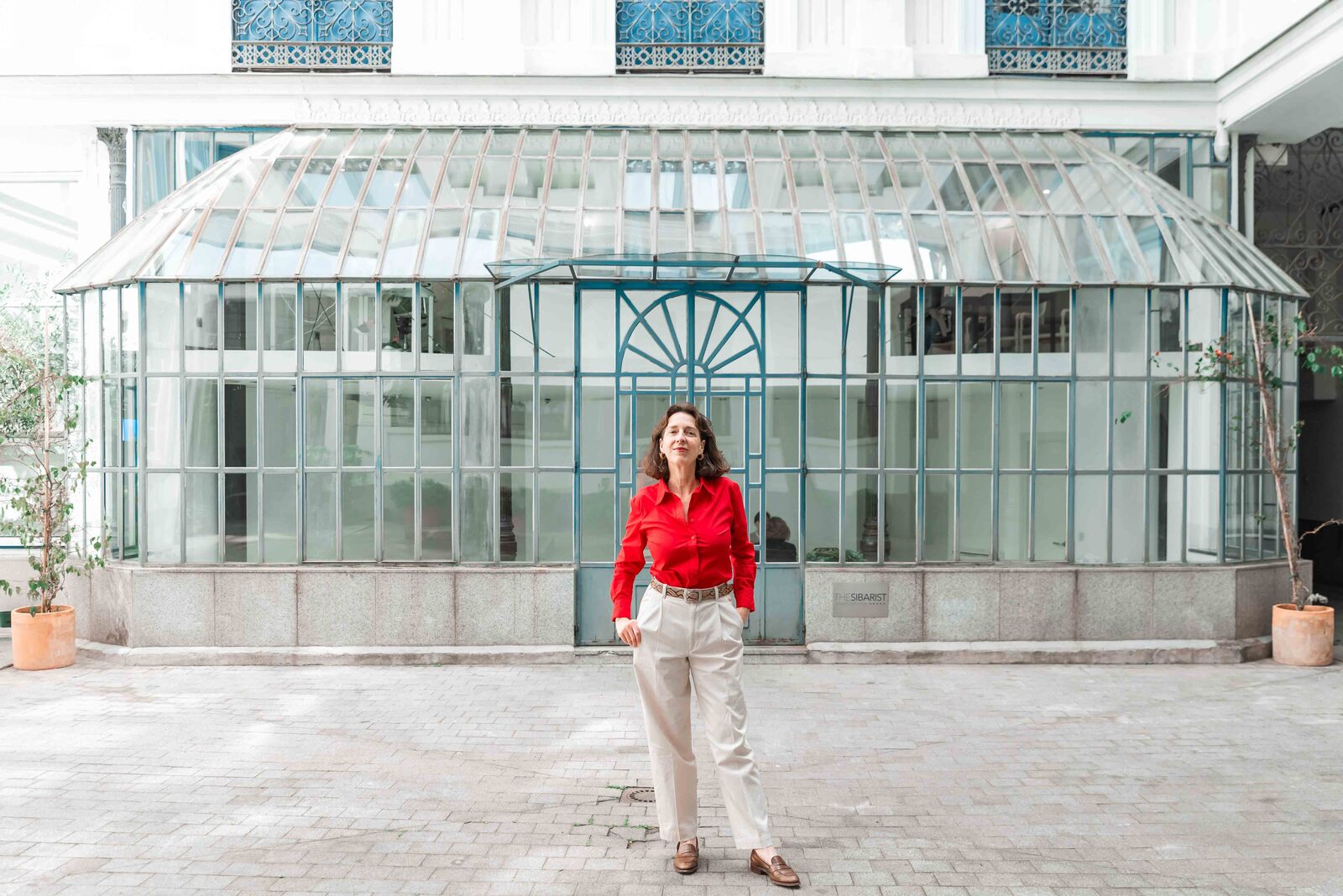
He designs and makes them to suit travelers eager to know those secondary roads that he prescribes as medicine to forget prejudices and go to the essence of our people, customs, crafts and, ultimately, to value the people who make possible these unique capabilities through a cross-cutting idea.
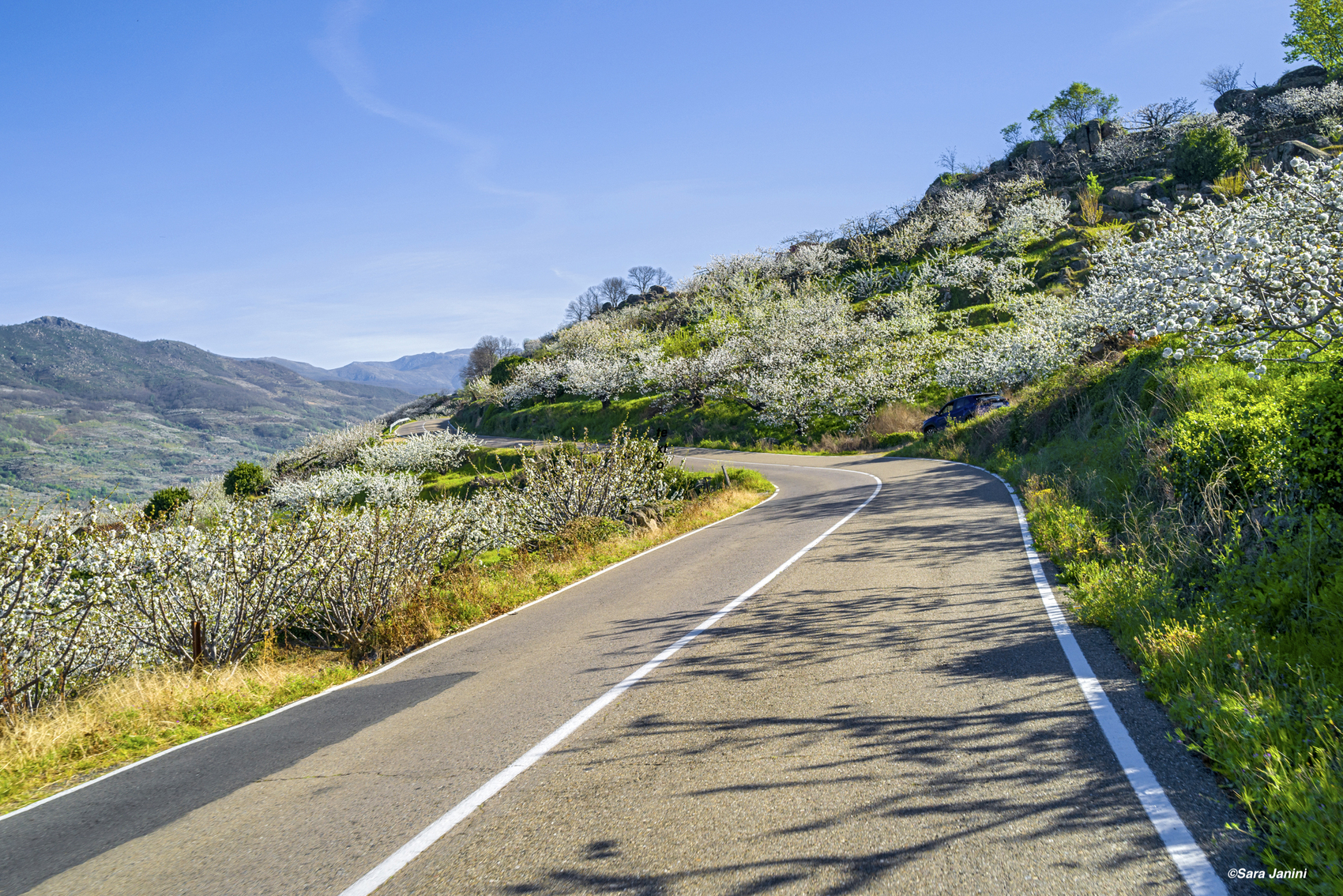
Explain to us what Singular Spain is, how does this personal journey of yours that leads you to create a different perspective to the traveler begin?
I come from the world of editorial groups, I first worked in interior design magazines and then fashion magazines. For many years, I was in charge of coordinating photo shoots, production, location scouting, putting out fires and setting up equipment. As time went by, I saw that I had a long career ahead of me and that the editorial groups were languishing. I had the feeling that I was working in a place where a candle was being extinguished without knowing how much longer it would last and I thought I had to do something, turn it around, change and do something else.
When we were confined I was offered the opportunity to leave one of the magazines and I had the feeling that it was time to go freelance. I started to think about what I could do, since I had been closely related to the world of tourism, producing reports, negotiating with hotel groups, airlines… and I was looking for locations in Spain and other countries.
Why do you focus on tourism?
It is part of our human condition. If you can, you travel, not because it’s a fad that comes and goes. Besides, Spain is the second largest receiver of tourism in the world, and I thought that if I had a micro pinch of this, I would be happy and I threw myself into it.
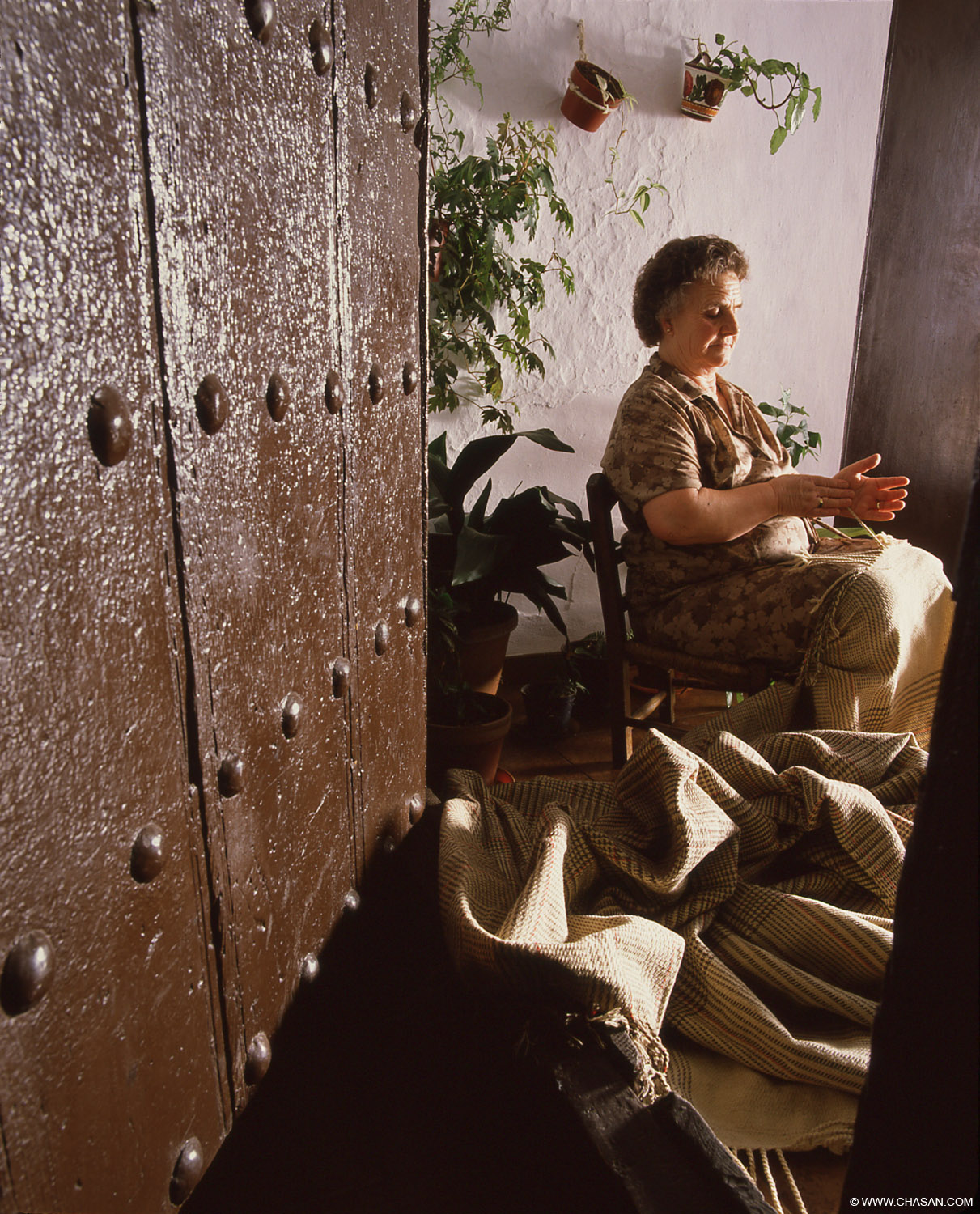
What were the beginnings like?
I started to study trends, to observe where tourism is going because, somehow, I had been in contact with it in a tangential way and without having studied anything. The funny thing was that, because of some interviews I did for the platform I created On The 50 Road about inspiring women over 50, I had a conversation with a winemaker Esther Pinuaga. After studying and working in the United States, she wanted to return to her small village in La Mancha, Corral de Almaguer, to start up her grandfather’s vineyards. I asked him: “How much do you sell abroad and how much do you sell in Spain? To which she replied, “Believe it or not, I sell 80% of our production abroad and what I want is for people to come to my winery and to come to the town because we also have saffron, cheese, a lot of virtues, some wonderful lagoons and I want to talk to the mayoress to enhance the value of the territory. That winemaker had been living in Germany, in a small village by the Ring and she used to say “as soon as three almond trees blossomed, they organized a popular festival and here we don’t do those things”.
In short, at the end of that conversation, the light came to me. I thought that this was what I had to do, to put in value the rural heritage and all the rich variety that exists in the Spanish rural world. I thought it was wonderful, because it is also something very beautiful. It is really selling travel with a great intention behind it. That is what moves me, because I am not a salesperson by nature. I would feel very uncomfortable if I had to be selling a travel agency without anything behind it, but I would do it with the idea of giving value to the rural heritage and especially to the people who work in the rural world.
How would you define Singular Spain and what does it consist of?
It is a platform for the dissemination of the very rich Spanish rural heritage. To do this, we design and organize trips through the Spanish rural areas, in the peninsula at the moment, with the idea of showing the human, cultural, historical and scenic heritage through a wide variety of routes. The differential value is the intention behind the intention to value the human factor in each community. To do this, we organize meetings with the people who work in the territory, from master craftsmen, small farmers who are guided by good practices, dynamizers of all kinds, artists, people who with their trades put in value their environment and, above all, who are great disseminators, that is the idea.
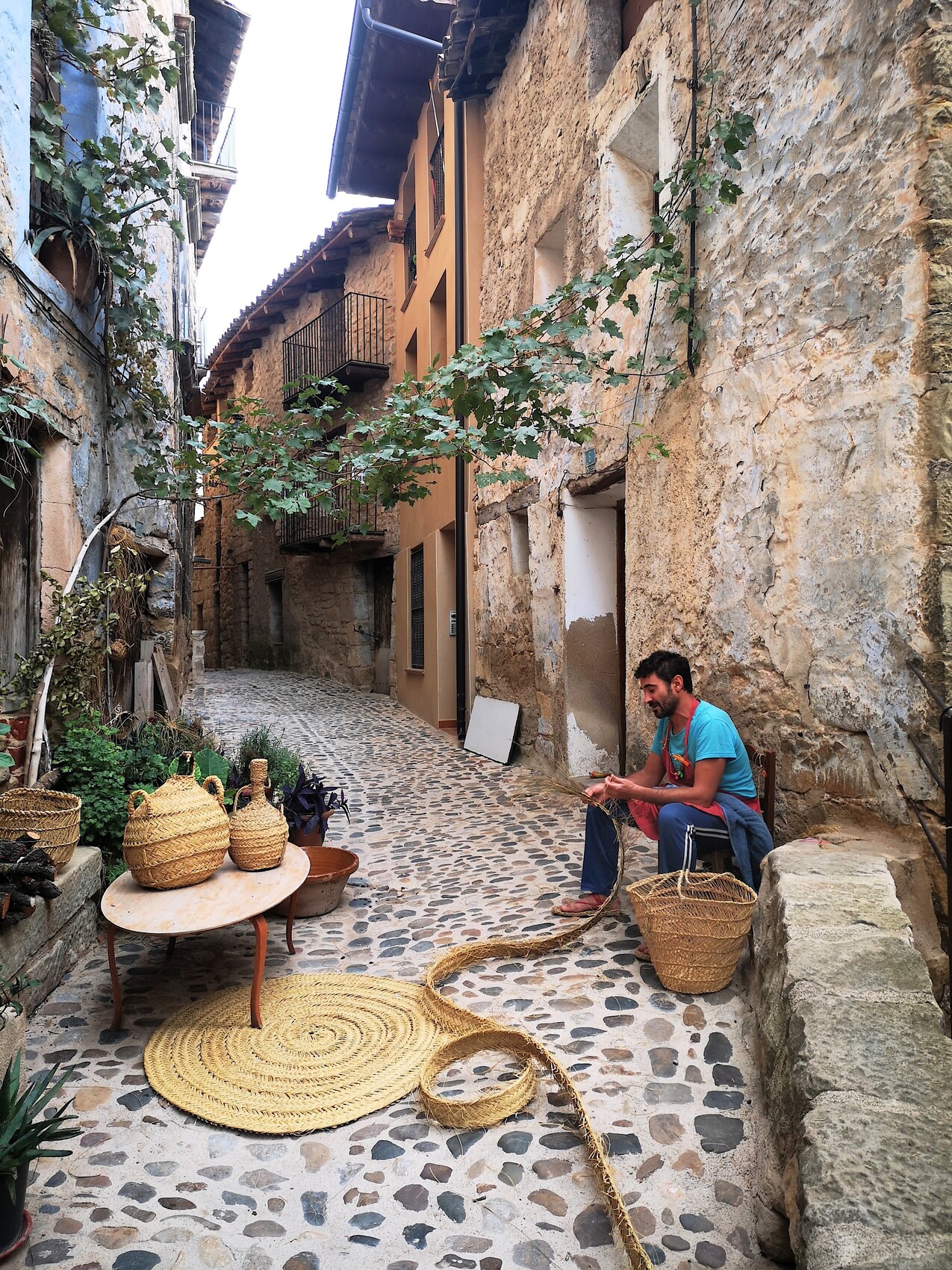
Who are these disseminators, how do you reach them or how do you choose them?
It is very varied and I do a lot of research, through readings or asking when the opportunity arises. Then, I design a route and make a prospecting visit, I go to the area, where I have already met with all those people, I go to see them, I see what they do, where they work, I see if it is worthwhile or not to meet that person and that place and so I do the research and field work.
How has your perspective changed?
I knew nothing about this world. The relationship I had had was that of traveling with my parents and siblings when we were little, but I am still an urbanite. From the beginning, I can say that of all the people I have visited, and there are many, 90% are great people. I have been mapping all over Spain and I have located artisans, farmers, restaurants, charming hotels, beautiful roads… This is also very important because the motto of Singular Spain is ‘where only the back roads take you’.
That is to say, the highways take you to the most iconic places in Spain and we are going to show you the unknown Spain and only the secondary roads take you there. In fact, I wanted to call the agency Carreteras Secundarias but as it is very much aimed at the international world, I knew it was not going to be possible. However, I really like the idea of getting to know the landscape through those roads. I find it poetic and very eloquent.
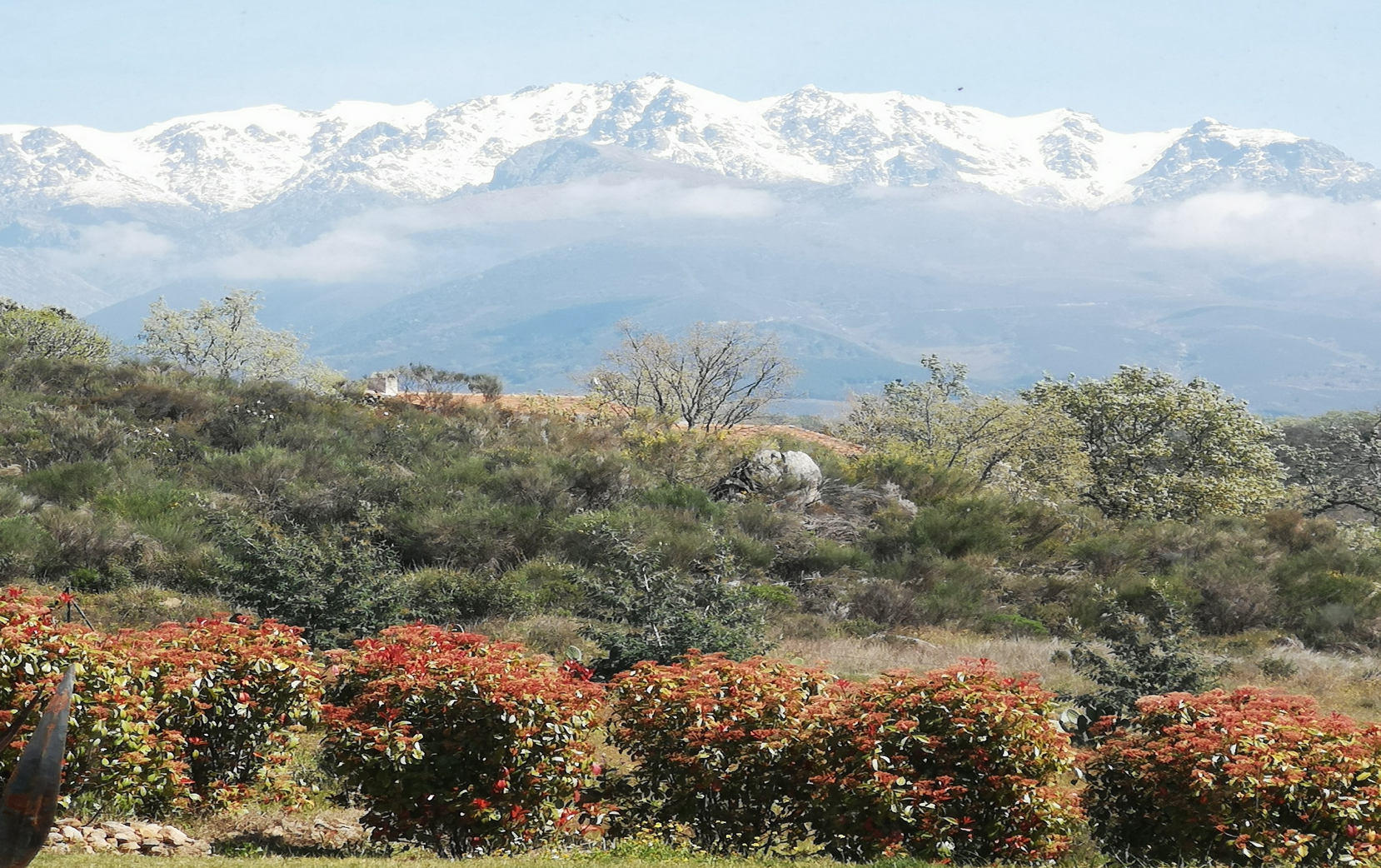
Somewhere I’ve read that you have a family background, what have been your inspirations?
I have two legacies. One is the commitment of my father, a great lover of history and culture, who took us as children through the rural world visiting castles, churches and monasteries. I believe that all that he taught us will have somehow permeated. The second is that a great-grandfather of mine studied the folklore of Spain, the language, the dresses of the regional festivals. He was the founder of the Pueblo Español, a museum that existed in Madrid, and he also worked a lot for the Museo del Traje. I feel as if he had taken the baton and now it was my turn to continue his legacy, his work, in my own way. He was focused on study and I was focused on tourism, that is, I’m going to make his work known through tourism. I like to think that he is watching over me and that I have to do it very well, I feel that responsibility and, in a way, he is protecting me, he is telling me to go on.
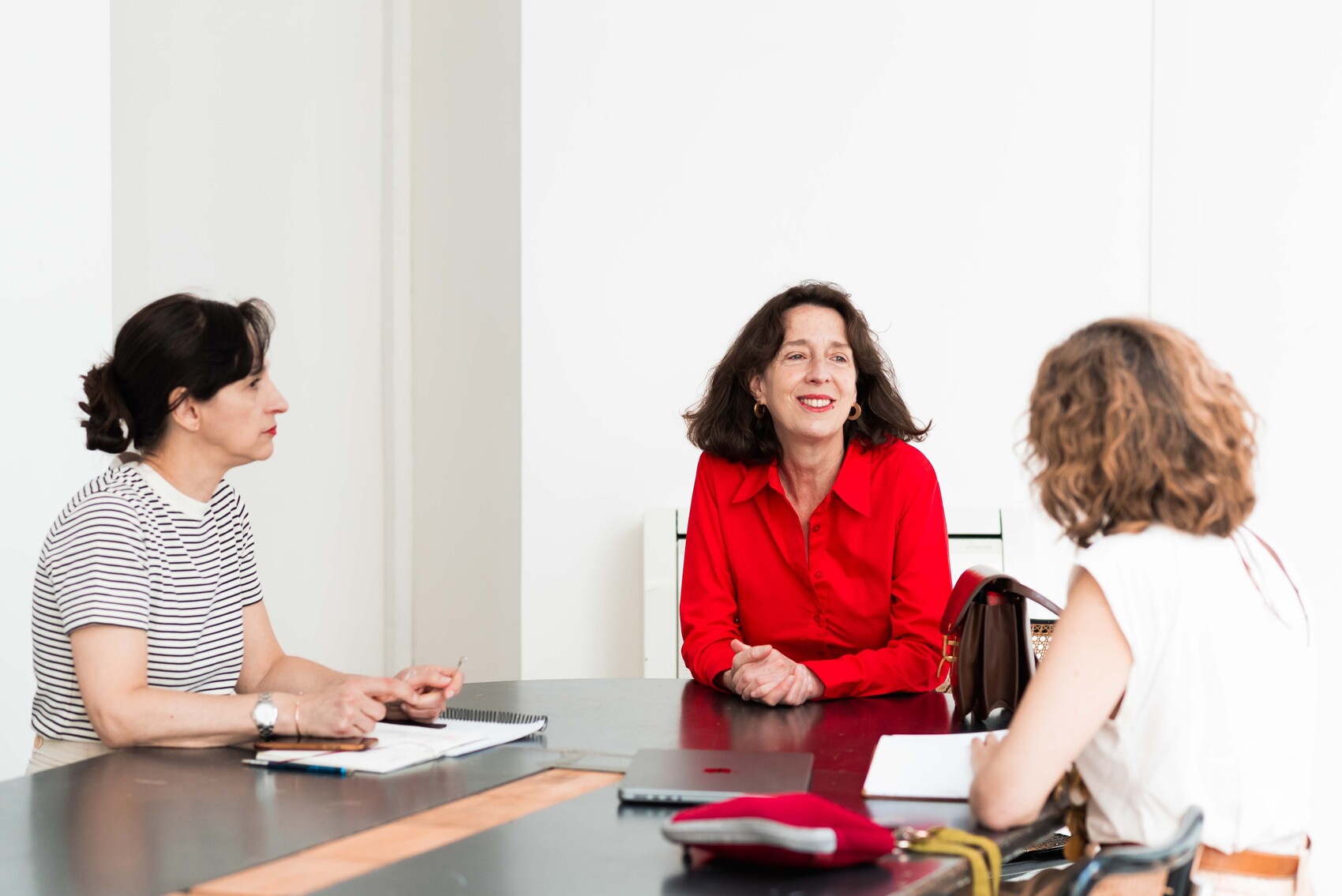
How long has it taken you to design this personal project of Singular Spain?
It must have taken me about three and a half years. It’s been a while before I really started to make trips because it’s a slow thing and it’s hard to sell it, especially because I think that in Spain we still don’t have that idea of inland travel. It is true that everybody says that with the pandemic, rural tourism is increasing, maybe yes, but I don’t think that rural tourism has to be a fashionable thing. Whoever likes it, has always liked it, I used to do it with my parents when I was a child and there has been no pandemic and many decades have passed.
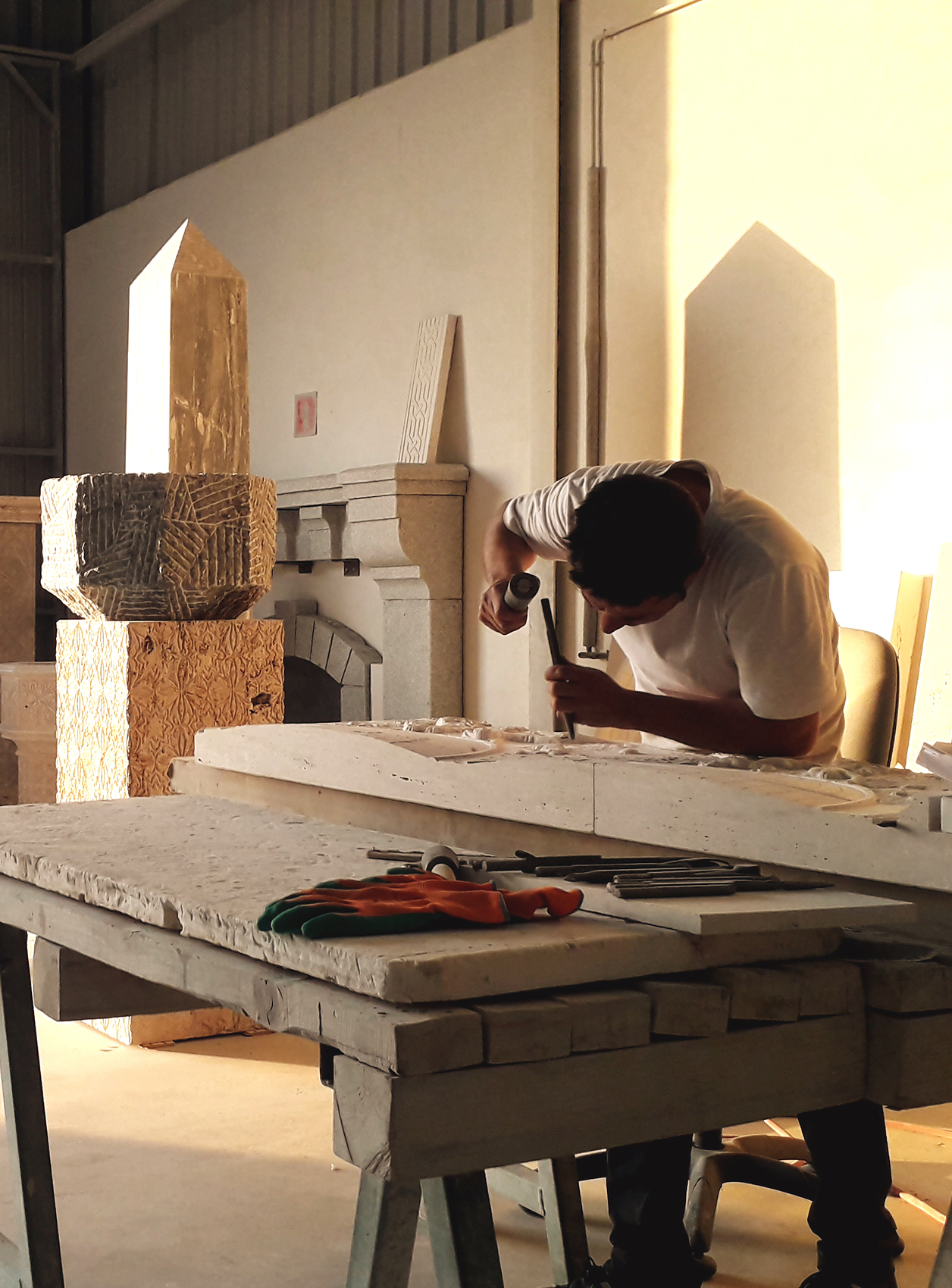
Do you think people abroad are more prepared to invest in that kind of travel?
That’s kind of where I’m at. I think so. I see that in Spain in general rural tourism is related to accommodation and restaurants and some hiking routes, in order to disconnect or get together with friends and family, without going much further. And I have the feeling that there are foreign people with an interest in the countryside and a desire to delve into inland tourism.
How do you organize the groups? How many people participate in these trips?
They are small groups and are usually aimed at people aged 50 and over. I am currently organizing a trip for two people, although the ideal is to do it with groups of between 6 and 12 people and for a duration of about five days, but it can also be for longer or even a day trip. There are many reasons for small groups. First, because it contributes to being an alternative to mass tourism and because the idea is to converse with the people we are going to meet and in a group of 20 people, conversation is very difficult. There has to be feedback, to be able to enjoy and talk with the people we are going to see in order to be more aware. In addition, the accommodations in the rural world do not have large capacities either.
Who are your main partners or with whom you collaborate regularly?
Since the beginning of this project, I have been a partner of Hispania Nostra, an association dedicated to documenting and acting as a loudspeaker for tangible and intangible heritage in vulnerable situations. The idea is that, during the routes, if we pass through an area that is on the Red List or the Green List of Hispania Nostra and I see that it is interesting, we approach it to disseminate the work of this institution.
Then in Madrid, we organize gastro-cultural routes with a platform called Próximo a Madrid, dedicated to marketing local gastronomic products from the community. They have a stall in the Mercado de Maravillas, they also organize events and I collaborate with them to promote the value of Madrid’s agricultural producers.
Also, with the Diputación de Cáceres and a private Portuguese association, we are designing a cross-border route on historic villages that Portugal is already marketing. As they wanted to make it cross-border with Spain, we are going to start with the Sierra de Gata, an area that shares with central Portugal the history, the landscape, the culture of historical literature and they want that route to highlight those coincidences.
In addition, in the Sierra Norte de Madrid, with the Villa San Roque Center of the Community of Madrid, which is very active, we organize hiking trips to disseminate everything there is in that area that has much to discover. What we do in Singular Spain is to collaborate in outings always linked to some other cultural activity.
We also collaborate with the Silos Foundation to design a route that will revitalize the area between the Monastery of La Vid and the Silos Monastery in Burgos.
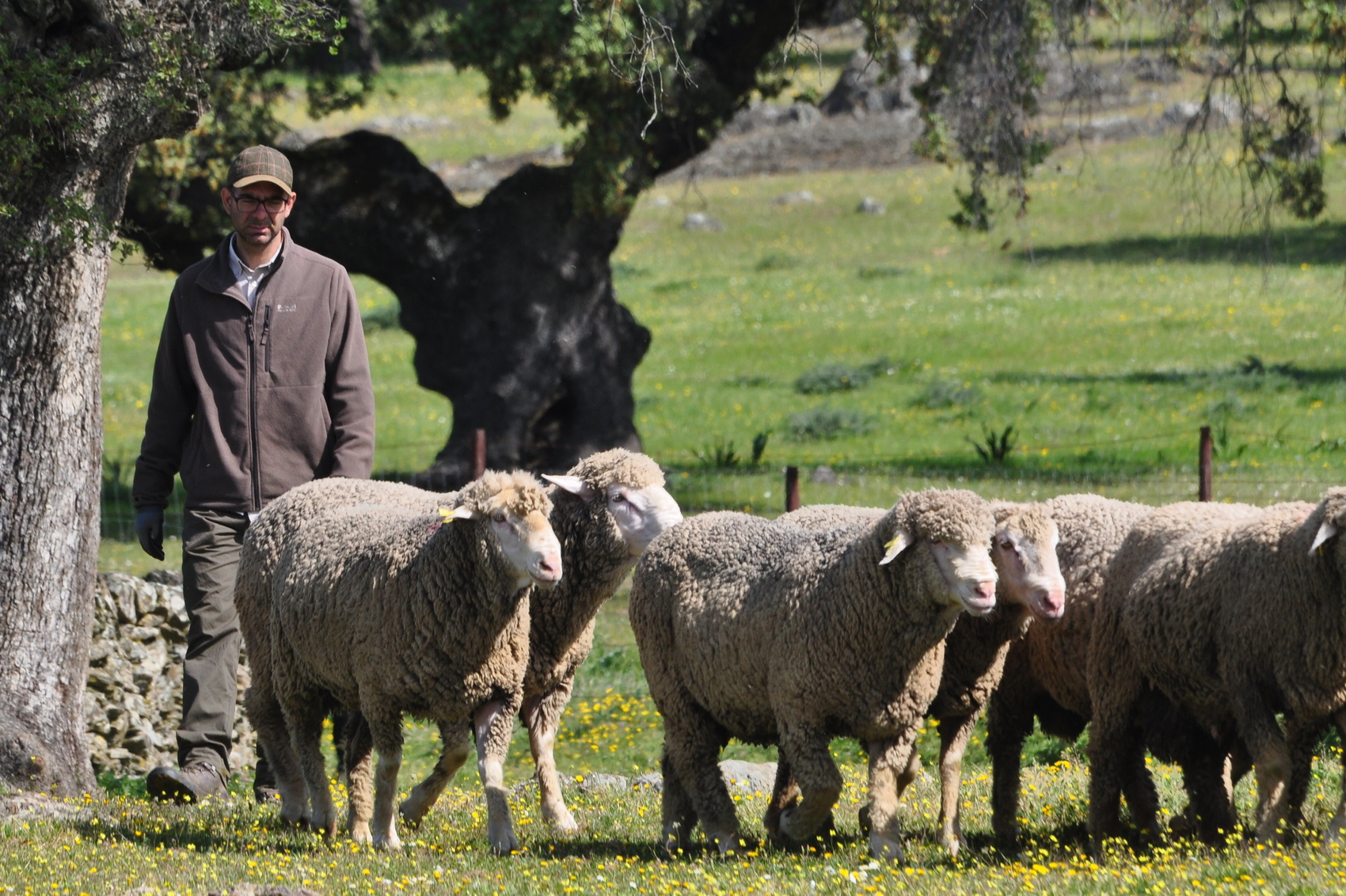
What is the philosophy of the project?
With this type of trips we want to reach the most unknown territories and, especially, the people who, with their trades, give value to their environment. We organize meetings with those who we consider the best ambassadors of their territory for what they do and how they do it, for their wisdom and values. People who know that the preservation of their most precious legacy is their raison d’être and what makes them unique. We design journeys to the singular where the human perspective is essential to understand the environment. These encounters are the soul of Singular Spain.
The name defines it very well, does it match what you want to offer and what people ask for or do you also have to adapt the trip?
In principle, as they are tailor-made routes, I ask them about their interests, but I take them through the territory. If we go to La Mancha, although they do not tell me, I think it is very important to see what a windmill is, the cultural and economic importance that they have had and to see how the giants are dressed with the blades and to go up to know how they work. Recently I organized a trip there with a family, and after seeing the program, they told me that they would remove the visit to a winery because they had vineyards. But of course, I told them that I thought it would be interesting to talk to a winemaker who makes natural wine like them, who is determined to have it recognized at a national level and who is fighting against the big producers in La Mancha and that, in addition, they were going to prepare a delicious homemade meal for us. It was not about going to a winery to taste the wine and see how it is made, but to talk with its owner, with the one who works the vineyards and the winery, with the one who takes risks, and who has inherited the trade from his great-grandmother. The idea was to learn about the history of Manuel’s family, eat very well and enjoy a totally quixotic winery and its wines.
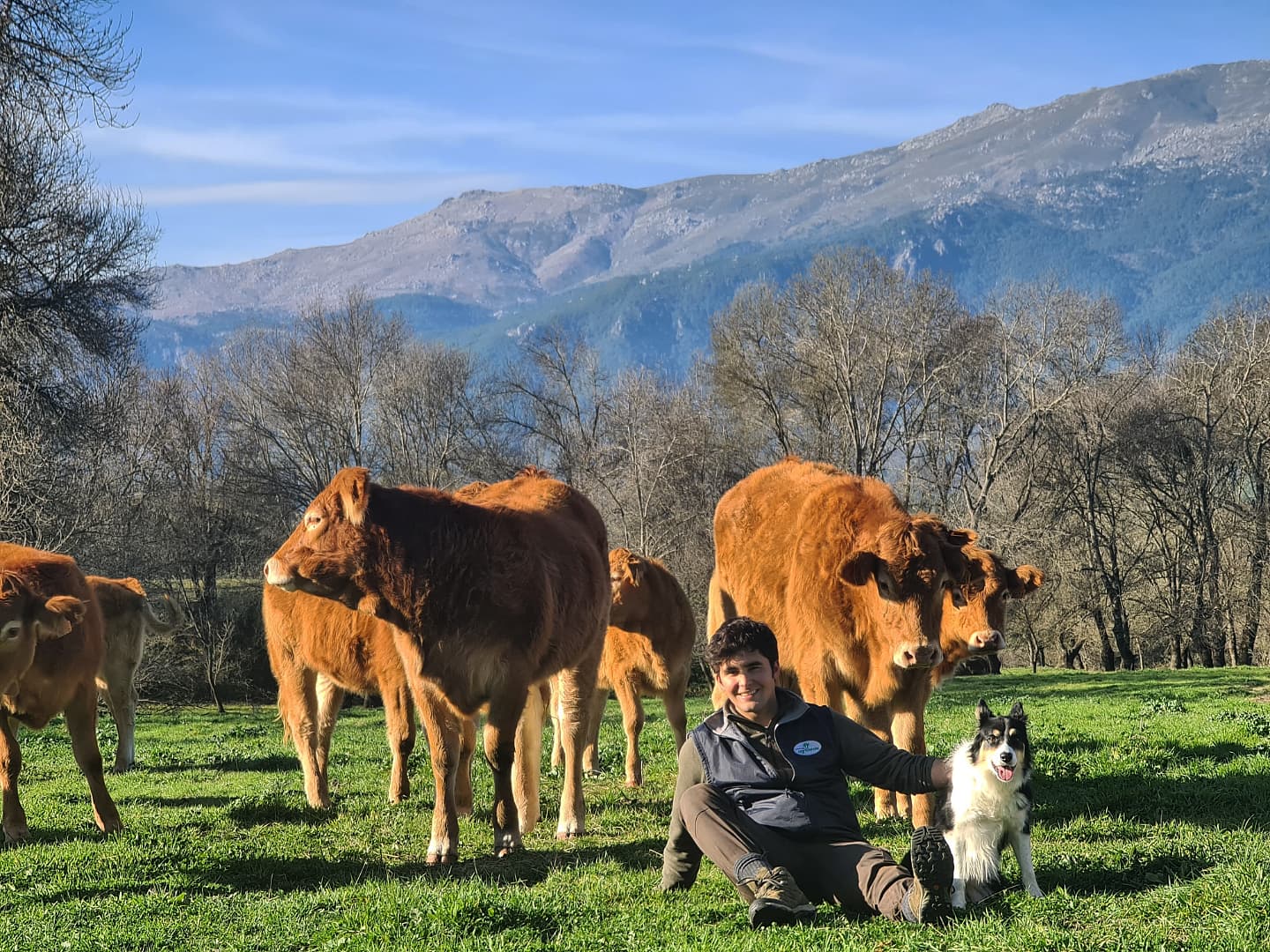
What is the most exciting trip you have been commissioned so far?
It’s hard for me to choose but I remember with emotion the first one and because it was to the south of Gredos, which is a special area. I had heard a lot about this area and when I met him I was perplexed because it has something, an energy and a special beauty that I do not know if it comes from the mountains or say that the quartz in the subsoil. The fact is that it attracts many unique people, many outsiders who have settled there very conscious of the environment. It is a place with lots of greenery and water, with a fascinating landscape of tobacco drying sheds, small charming villages, lodgings that produce wellness…
I designed it for a Mexican and a German with three teenage children and they didn’t ask me for anything special, just that they were walkers, they hiked in the mountains, visited the villages, met a lot of people. For example, a ceramist from Seville and a boy who was a great promoter of his land who took them to make donuts in the house of some ladies from Villanueva de la Vera, coinciding with the popular festivities. We also went to a wonderful orchard called Los Confites, owned by María Franco, another wonderful place where they had lunch. Then we went to Ras de Terra, a very interesting creative laboratory. They met some traditional paprika producers who make it the old fashioned way, in a place overlooking the Sierra de Gredos.
Any fascinating discoveries you would like to share?
An association that I am linked to and that is in the process of being created called Camino del Asombro (Path of Astonishment), which seeks to enhance the value of contemplative life and the heritage of monasteries in Spain. Our intention is to revitalize monasteries that are closing because the monks and nuns can no longer take care of them. To this end, they are rehabilitated from a cultural, landscape, contemplative and spiritual point of view.
Our pilot project is the Monastery of San Antonio el Real in Segovia, which has been closed for three years and has a collection of sacred art and wonderful Mudejar coffered ceilings. I remember the day I went to visit it and we had the opportunity to walk alone through its rooms in that historic and immense place. It was a marvel.
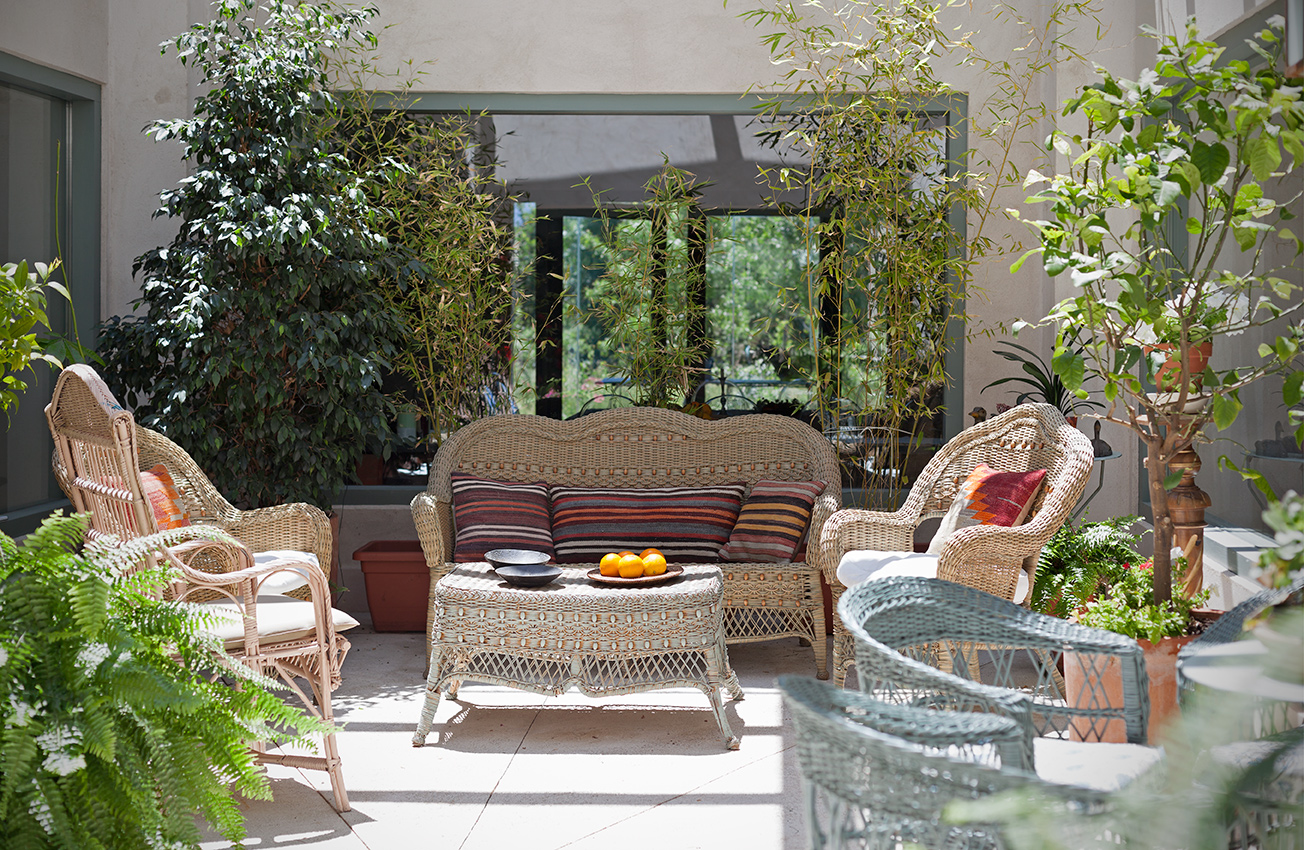
What are you working on now?
This is one of the projects, which will go slowly, because it is quite ambitious and we have to count on institutional and philanthropic support. I am also working on the cross-border route with Portugal and on the Silos Foundation project. And always looking at other possibilities to design unique routes that are attractive to curious travelers.
What trip would you like to organize that you have not yet been commissioned to do and that would be a dream for you and your career in this field?
I have many illusions. One of them is for Caminos de la Merina to go ahead and contribute to it. It is an initiative launched by Pepe de la Pisa, a great cultural dynamizer of Extremadura, and the National Association of Merino Cattle Breeders, with the aim of promoting the Merina in a transversal way, from the breed’s breeders, its culture, the landscape of glens, transhumance, wool, gastronomy, art and fashion?
I would also love to gather in a documentary or in a book the last artisans of a trade because it makes me very sad to think that this is coming to an end. It is true that life evolves, but these traditional jobs give us our identity. If these crafts disappear, what will be left for us? Globalization? They are not only important for the beauty of what they do, but also for the cultural legacy they preserve, which gives us identity and richness as a country.
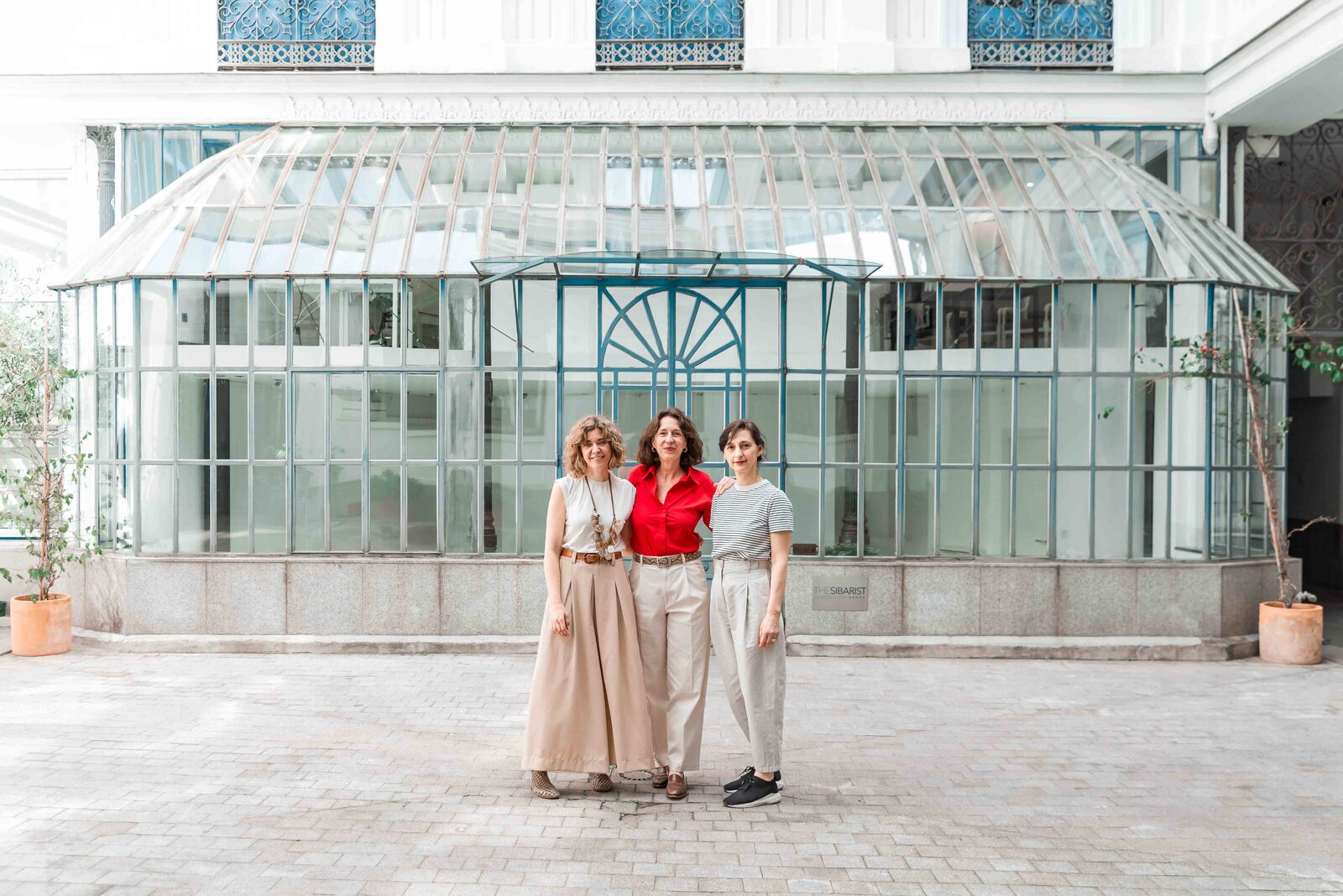
Editor: Beatriz Fabián
Beatriz is a journalist specialized in offline and online editorial content on design, architecture, interior design, art, gastronomy and lifestyle.
Photographer: Nieves Díaz.